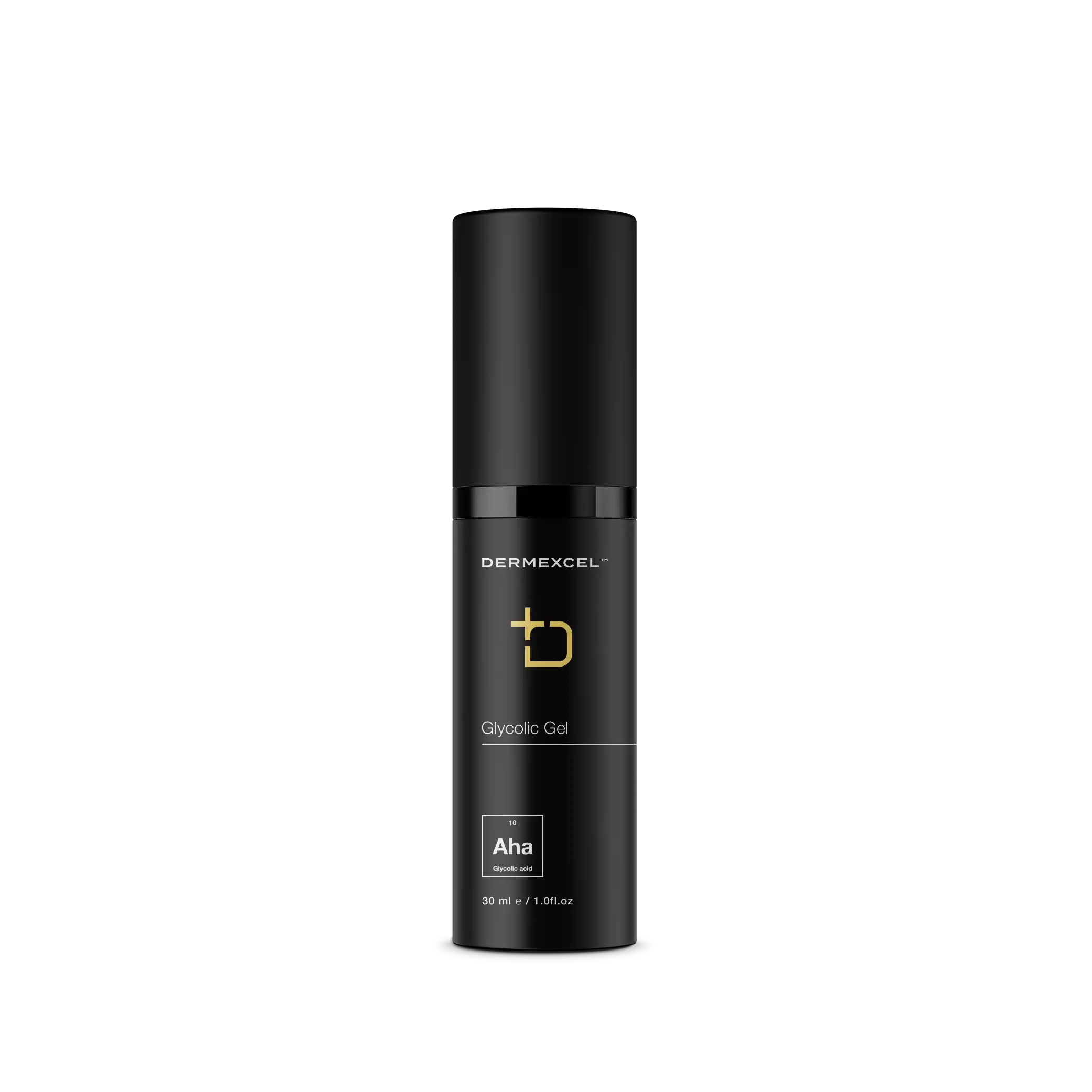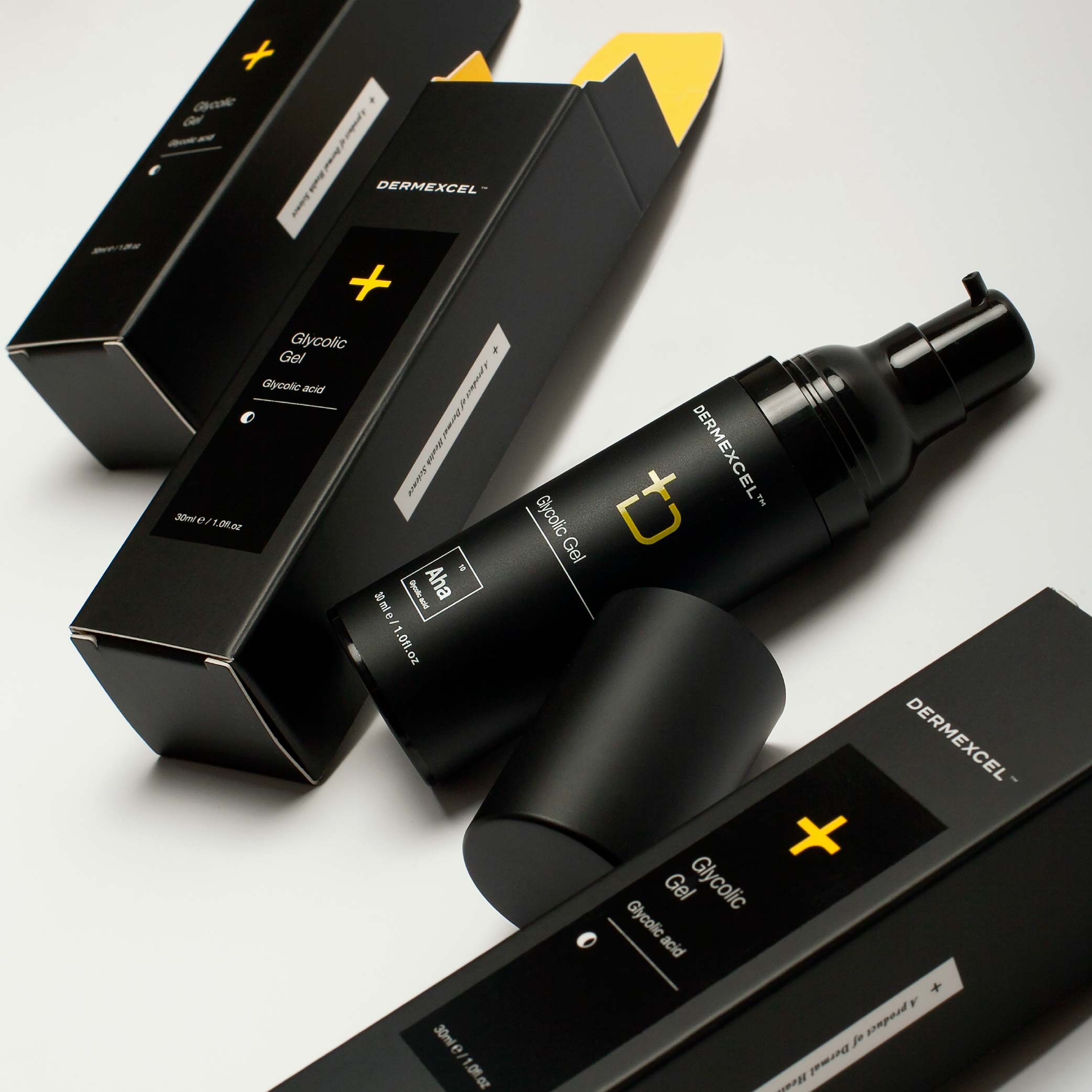





AHA Exfoliator
Pay interest-free installments from R 191.30 with various payment gateways selected at checkout.
SIZE: 30 mL




Choose options
Aqua, Propylene glycol, Glycolic acid, Glycerin, Polyacrylamide & C13-14 Isoparaffin & Laureth-7, Triethanolamine, Hydroxyethylcellulose, Potassium hydroxide
Glycolic Gel
product benefits
Improve Sun-Damaged Skin
Boost Collagen Production
Refine Skin Texture & Pores
Enhance skin renewal
Indications for Glycolic Gel
Pigmentation
Rough Skin Texture
Aging Skin
Volume loss
Enlarged Pores
glycolic gel
mode of action
exfoliating action
glycolic acid
exfoliating & renewing action
mode of action
glycolic acid as aging and pigmentation treatment

Even Skin Tone

Anti-Aging

Exfoliating

Brightening
Testimonials


Not sure which products you need?
Find your regimen
Assessment
Submit your free Dermal Diagnosis™ Assessment
Treatment Plan
Receive your Free Personal Profile and Treatment Plan
Confident Skin
Start your Simple and Effective journey to Confident Skin!









